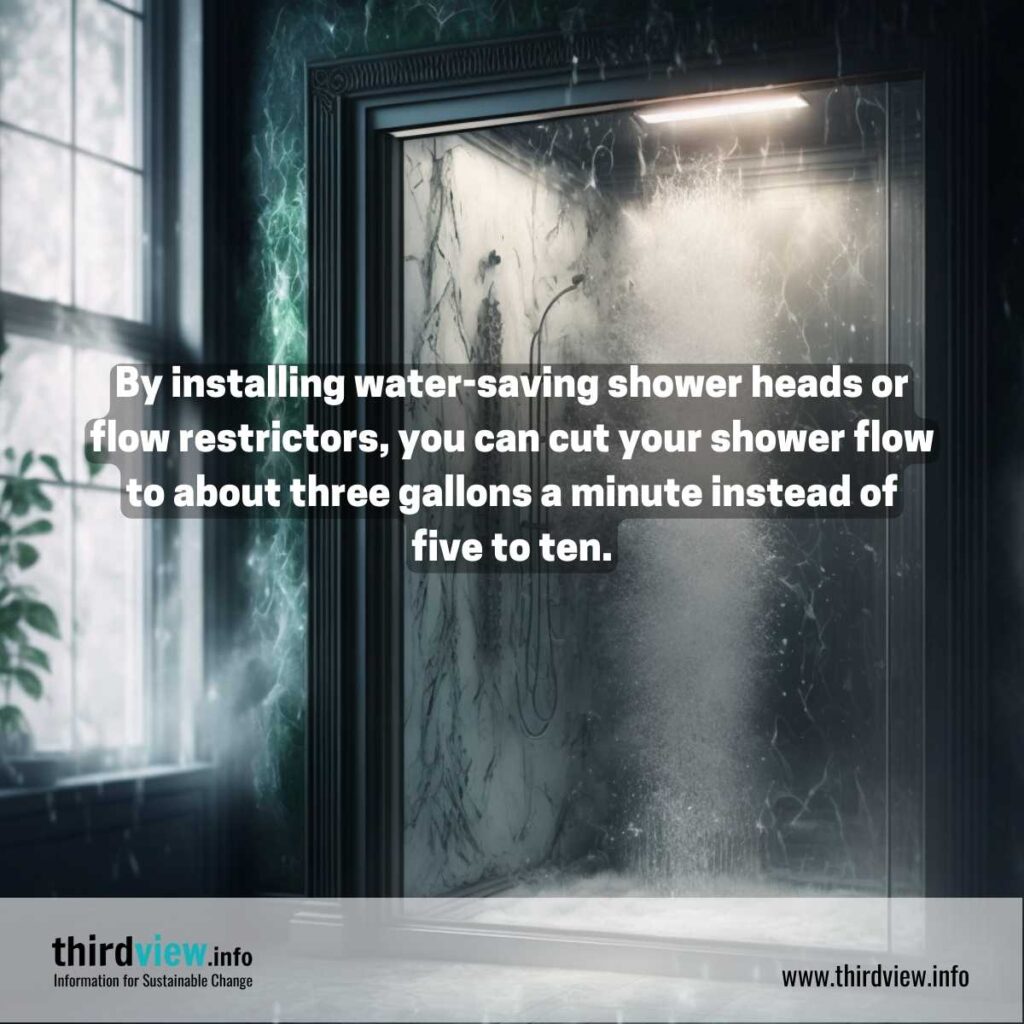Getting The Reclaim Waste To Work
Getting The Reclaim Waste To Work
Blog Article
The Facts About Reclaim Waste Revealed
Table of ContentsAbout Reclaim WasteHow Reclaim Waste can Save You Time, Stress, and Money.All about Reclaim WasteGetting My Reclaim Waste To WorkFacts About Reclaim Waste Uncovered
Domestic sewage waste refers to the waste and products from a residential septic container. The proper administration and disposal of residential sewer waste call for liquid waste to be moved to a sewage treatment plant where the appropriate methods and devices are applied to detoxify and dispose of waste.
Industrial waste usually includes prospective dangers, such as combustible materials or a blend of liquid and strong waste products, and calls for an extra sophisticated and thorough disposal process. The disposal of business waste typically includes the purification of waste before transport to ensure safe and proper disposal. Industrial waste is developed from byproducts and runoff of industrial processes and production.
This sort of waste can not use the very same sewage management transportation or processes as septic or business fluids. The hazardous waste monitoring process requires the assessment and testing of liquid waste prior to it goes through the disposal process (liquid waste removal). Drainage waste is the fluid waste that comes from overflow and excess stormwater in extremely populated areas or cities
Overflow waste can trigger contamination and flooding otherwise dealt with correctly. Find out more about drain cleansing and waste management. Making certain appropriate waste monitoring can protect against catastrophes and reduce environmental damage. Both individuals in residential setups and professionals in industrial or production sectors can benefit from understanding the procedures and laws of liquid waste administration.
Some Known Incorrect Statements About Reclaim Waste
Contact PROS Services today to find out about our waste monitoring and disposal services and the appropriate methods to take care of the liquid waste you create.
(https://www.mixcloud.com/reclaimwaste1/)This so-called 'wastewater' is not just a vital source yet, after treatment, will be launched to our land, rivers or the sea. Used water from bathrooms, showers, bathrooms, cooking area sinks, washings and commercial procedures is understood as wastewater.

water used to cool machinery or tidy plant and equipment). Stormwater, a type of wastewater, is overflow that streams from farming and urban areas such as roof coverings, parks, yards, roads, paths and seamless gutters right into stormwater drains pipes, after rain. Stormwater read the full info here streams unattended straight to regional creeks or rivers, at some point getting to the sea.
All About Reclaim Waste
In Queensland, most wastewater is treated at sewer treatment plants. Wastewater is transferred from domestic or commercial sites through a system of sewage systems and pump terminals, understood as sewerage reticulation, to a sewage treatment plant.
The Division of Natural Resources suggests local federal governments concerning managing, operating and maintaining sewerage systems and treatment plants. In unsewered locations, city governments might need householders to install private or home sewage treatment systems to deal with domestic wastewater from toilets, kitchen areas, washrooms and washings. The Department of Natural Resources authorizes the usage of home systems when they are proven to be reliable.
In some new communities, therapy of some stormwater to eliminate litter, sand and gravel has actually started utilizing gross toxin traps. Wastewater treatment takes place in 4 phases: Removes solid issue.
Uses little living microorganisms knows as micro-organisms to damage down and remove continuing to be liquified wastes and fine bits. Micro-organisms and wastes are integrated in the sludge.
The 20-Second Trick For Reclaim Waste
Nutrient removal is not available in all sewage therapy plants because it requires costly specialised devices. It is coming to be more common in Queensland. Clear liquid effluent produced after treatment may still consist of disease-causing micro-organisms. If this effluent is released into waterways such as rivers or the sea, the micro-organisms will eventually die out.

This normally indicates wastewater needs to be dealt with or contaminants gotten rid of prior to it can be released to rivers. The majority of wastewater moves right into the sewage system. Under the Act, neighborhood federal governments carry out approvals and permits for ecologically pertinent tasks (ERAs) including wastewater launches that might have a regional impact. The department carries out approvals and permits to Ages involving wastewater launches that could have a local or statewide effect.
Reclaim Waste for Beginners
Surveillance provides factual details about water quality and can verify that permit conditions are being fulfilled. The information obtained with surveillance provides the basis for making water quality decisions.
Report this page